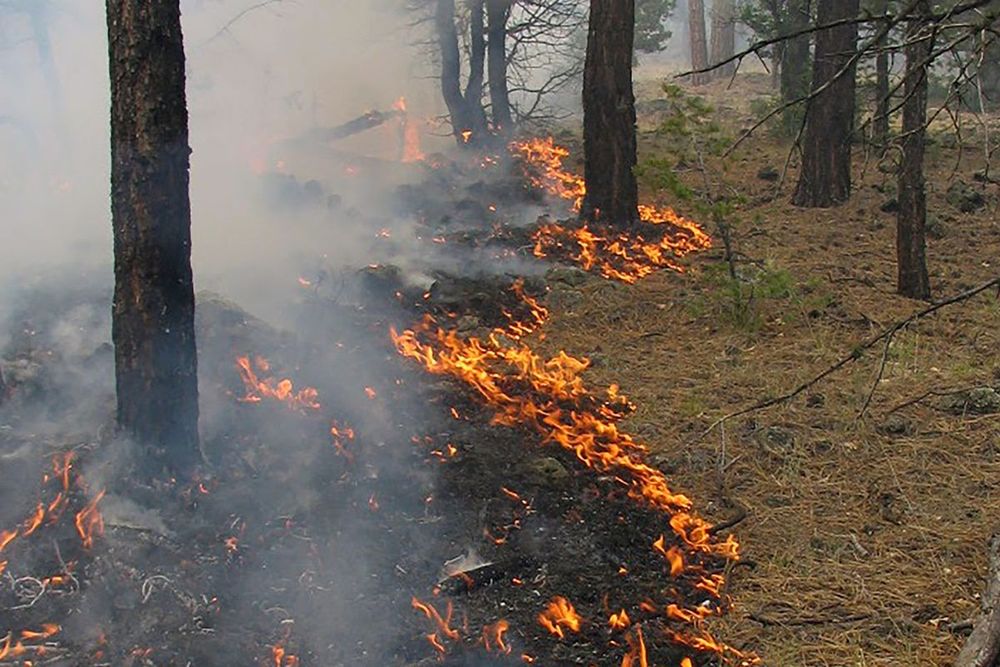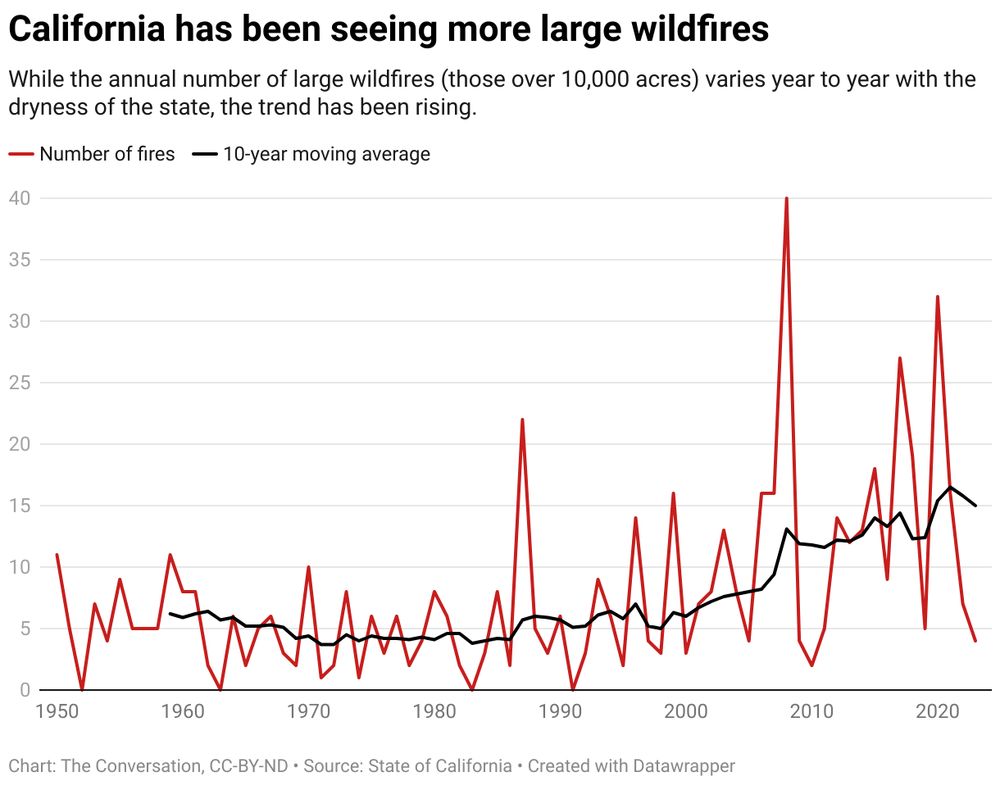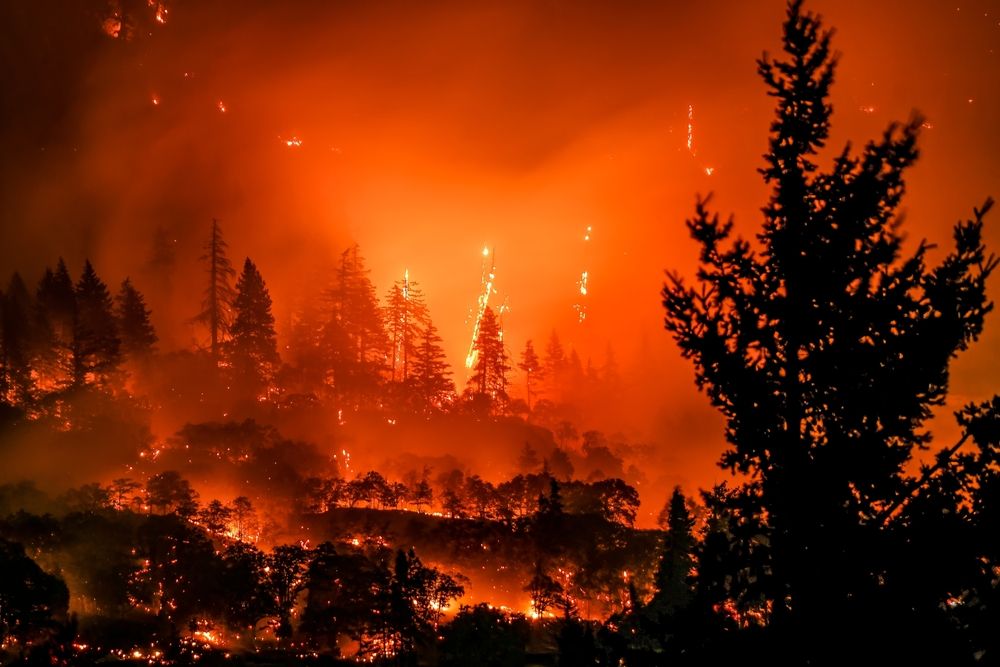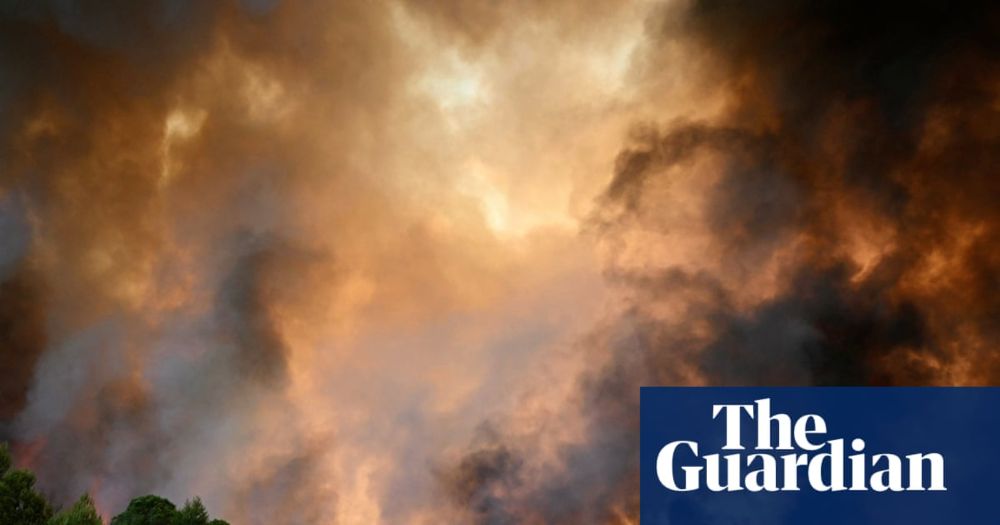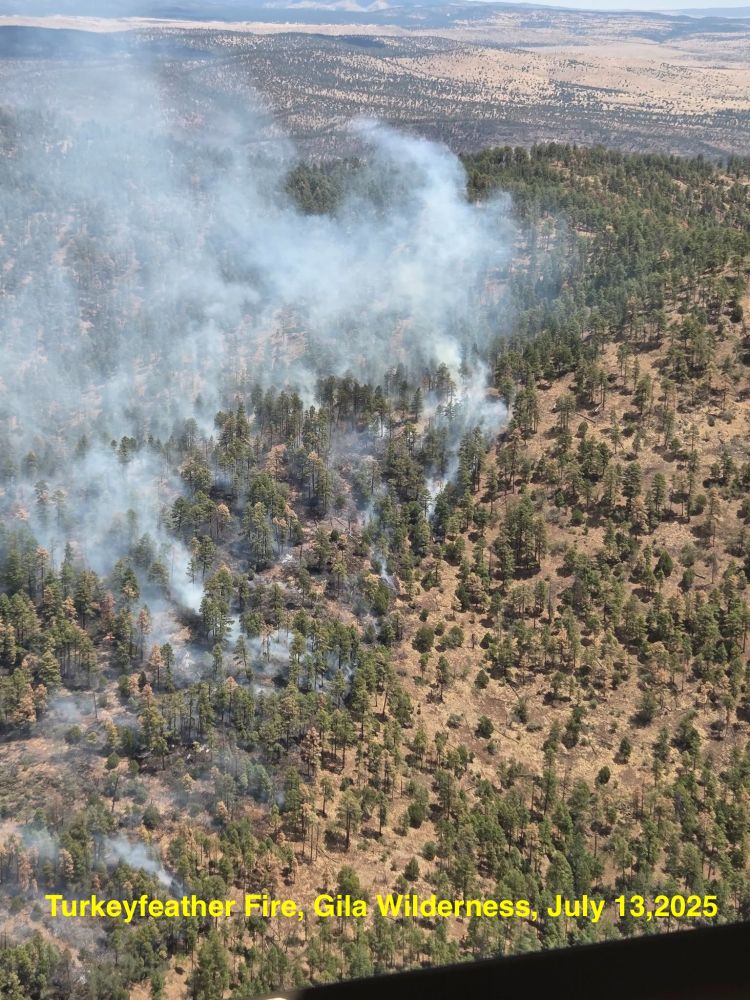Christopher Roos
@pyroos.bsky.social
100 followers
140 following
9 posts
“Rose” | Prof. of Anthropology & Earth Sciences, SMU - Dallas | Pyrogeography and Geoarchaeology | partner with Indigenous communities in AZ and NM | learn from the past for modern wildfire problems
Posts
Media
Videos
Starter Packs
Christopher Roos
@pyroos.bsky.social
· Aug 19

Tree rings reveal persistent Western Apache (Ndee) fire stewardship and niche construction in the American Southwest | PNAS
Identifying the influence of low-density Indigenous populations in paleofire records
has been methodologically challenging. In the Southwest United...
www.pnas.org
Reposted by Christopher Roos
Reposted by Christopher Roos
Reposted by Christopher Roos
Reposted by Christopher Roos
Reposted by Christopher Roos
CLIMAS_UA
@climas-ua.bsky.social
· Aug 6

How do fire managers use information?
Presenters from University of Arizona discuss how wildland fire managers use decision support tools and how those weather and climate tools can be revised or reinvented to better fit managers’ needs.
www.swfireconsortium.org
Reposted by Christopher Roos
Reposted by Christopher Roos
Margaret Evans
@mekevans.bsky.social
· Jul 31

Reconsidering space-for-time substitution in climate change ecology - Nature Climate Change
Ecologists often leverage patterns observed across spatial climate gradients to predict the impacts of climate change (space-for-time substitution). We highlight evidence that this can be misleading n...
www.nature.com
Reposted by Christopher Roos
Jared Dahl Aldern
@jdaldern.bsky.social
· Jul 31
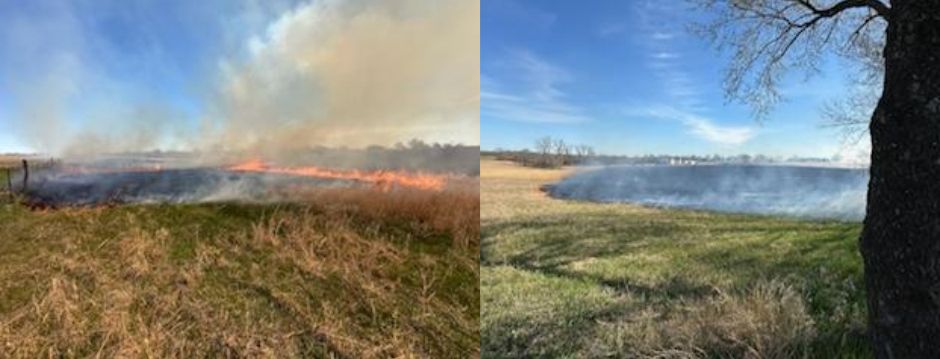
Burning with purpose: Restoring grasslands the traditional way — TANKA FUND
Prescribed fire has long been used by Indigenous communities to renew grasslands and support the animals and people who depend on them. At Tanka Fund, Range Ecologist Janét Moore works with ranchers...
www.tankafund.org
Reposted by Christopher Roos
Jared Dahl Aldern
@jdaldern.bsky.social
· Jul 26
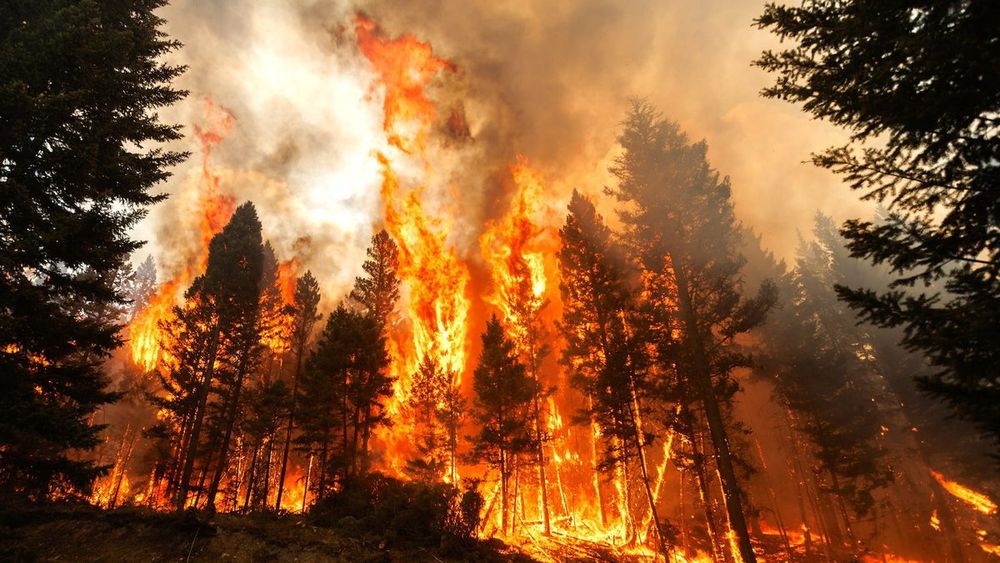
On Controlling Fire, New Lessons from a Deep Indigenous Past
For centuries, the Native people of North America used controlled burns to manage the continent's forests. In an e360 interview, ecologist Lori Daniels talks about the long history of Indigenous burni...
e360.yale.edu
Reposted by Christopher Roos
Reposted by Christopher Roos


